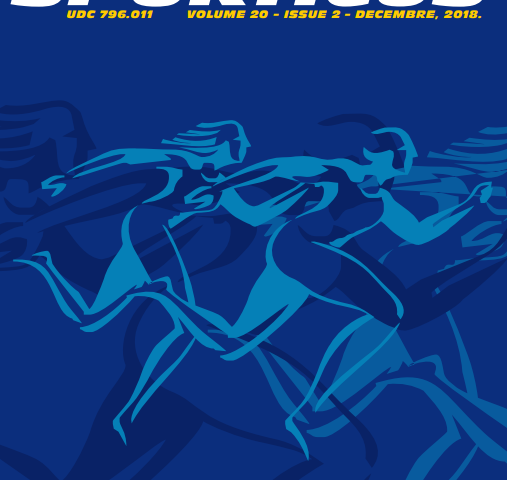Abstract
Aim of this study is to research the status of body symmetries in youth judokas under 14-year-old that are competing in weight categories under 50kg and to see if judo is developing youth body in a symmetrical dimension. The sample consisted of 10 youth judokas (age 12.83 ± 0.57, height 156.4 ± 4.58 cm, weight 44.28 ± 4.85 kg, body mass index 18.06 ± 1.32, skeletal muscle mass 21 ± 2,9 kg and body fat mass 11.98 ± 3.87 %). Their selected anthropometrical data were acquired using the 3D body scanner NX-16, whilst the In body 720 bioelectrical impedance was used for acquiring the morphological characteristics. Differences in body symmetries were determined by utilizing the paired samples T test, for which the statistical significance was set at p ≤ 0.05. Statistically significant differences were found only for elbow girth t(9)=-3.69, p = 0.005 and forearm girth t(9)=-3.26, p = 0.01, with the right side of the body demonstrating greater values than the left side. Results of the study indicate that youth judokas have body asymmetries in elbow and forearm girth, however that does not represent any increased possibility for the occurrence of injuries. Other body variables were developed in the symmetrical way. These findings are in line with the existing literature where judo is perceived as safe and recommended physical activity for youth. Special attention should be given to the future research on the body asymmetries within each individual weight category for different age groups.


